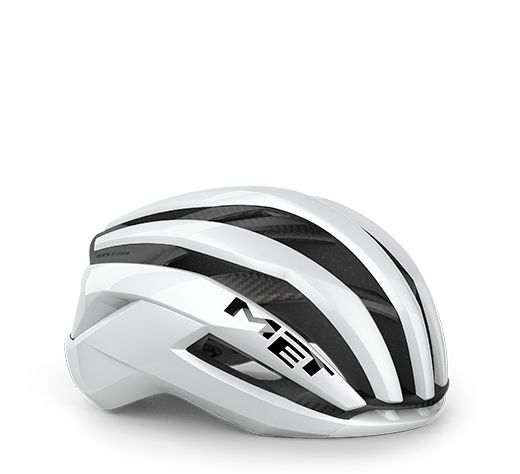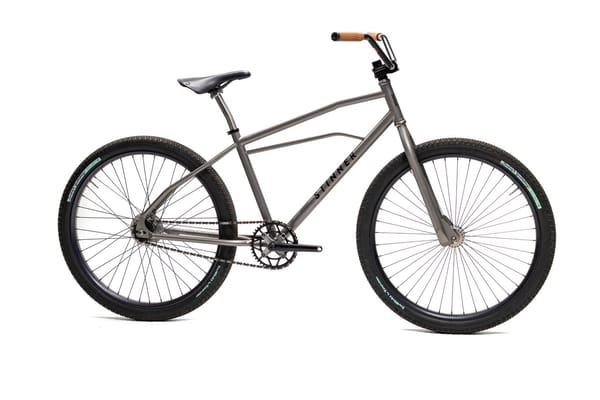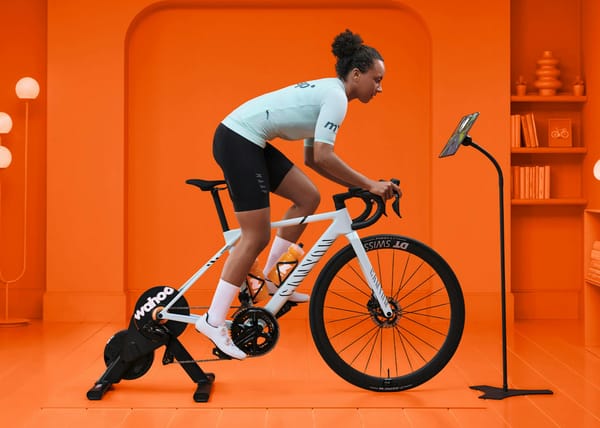How Crash Data and Carbon Cages Created a $450 "Super Helmet"
A deep dive into the new $450 MET Trenta 3K Carbon. It uses a carbon cage and pro crash data to claim it's 40% safer and 16% cooler.
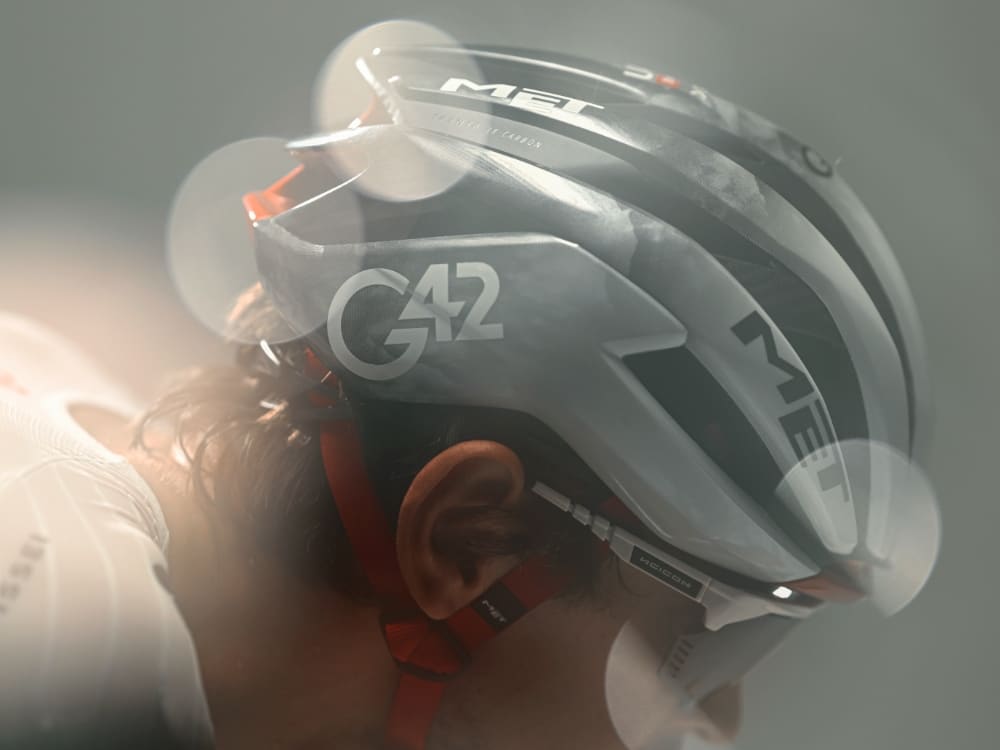
For as long as I’ve been a serious cyclist, I’ve lived with the helmet dilemma. It’s an unspoken compromise we all make.
On the shelf, there's the "climbing" helmet—a latticework of vents and minimal material, the one you grab for a 100-degree day with 5,000 feet of climbing. Next to it sits the "aero" helmet: sleek, smooth, and heavy, with tiny, ineffective-looking vents. That's the one you pull on for a time trial or a flat, fast group ride, all while accepting that your head is going to cook.
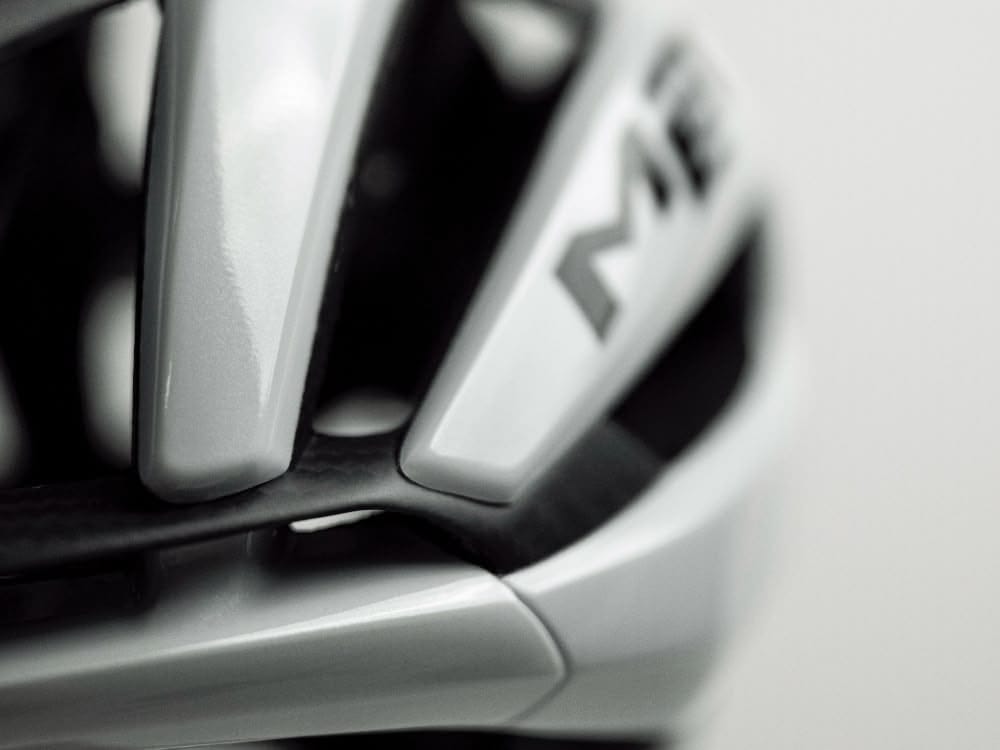
We’ve always been forced to choose, optimizing for one variable at the expense of another. Fast. Light. Cool. Safe. Pick any two, maybe three if you were lucky. The idea of a single helmet that could truly, quantifiably max out all of them seemed like a marketing myth.
That's why the new MET Trenta 3K Carbon caught my eye. It’s not just an update; it's a "super helmet" that arrives with a spec sheet full of audacious, non-incremental numbers. MET claims this new lid, developed with Tadej Pogačar’s UAE team, is 16% more ventilated and 40% safer in independent lab tests.
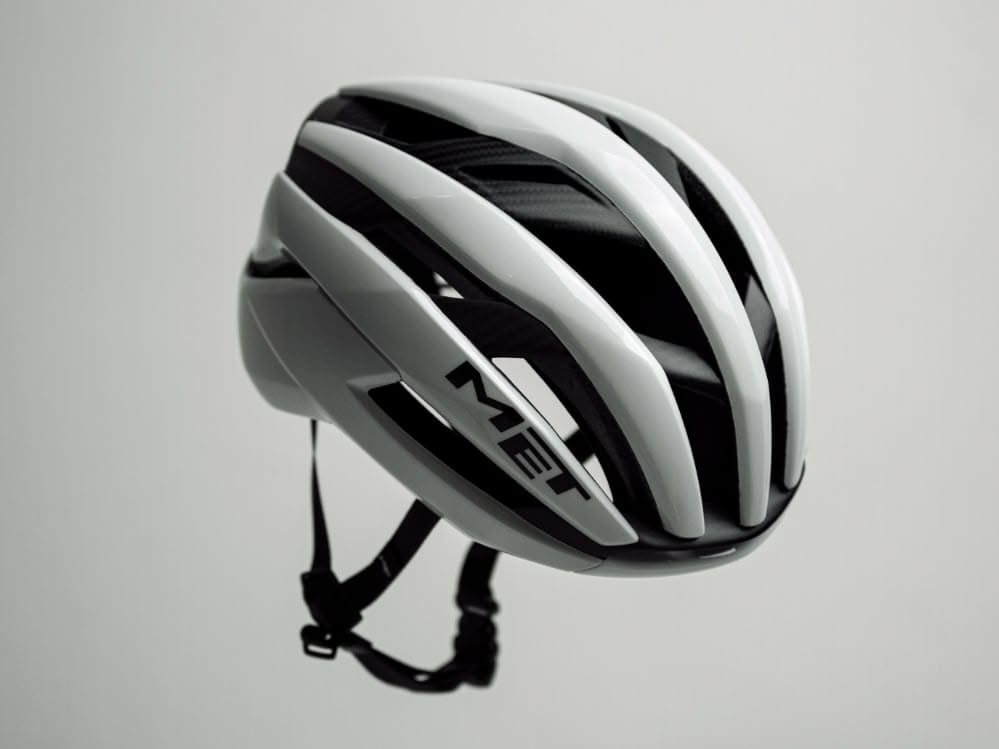
My immediate, skeptical reaction was: how? How do you make something safer—which usually implies more material, more density—while also making it significantly more ventilated?
The answer, it turns on, is fascinating.
The Carbon Cage and the "Negative Space"
The core of the new Trenta is what MET calls the "3K Airframe." This isn't just a carbon shell for aesthetics; it's an integrated carbon cage that forms the structural skeleton of the helmet.
This is the key. Because this carbon frame is so strong on its own, it allows the engineers to do something radical: they can remove large amounts of the internal EPS foam that would normally be needed for structure.
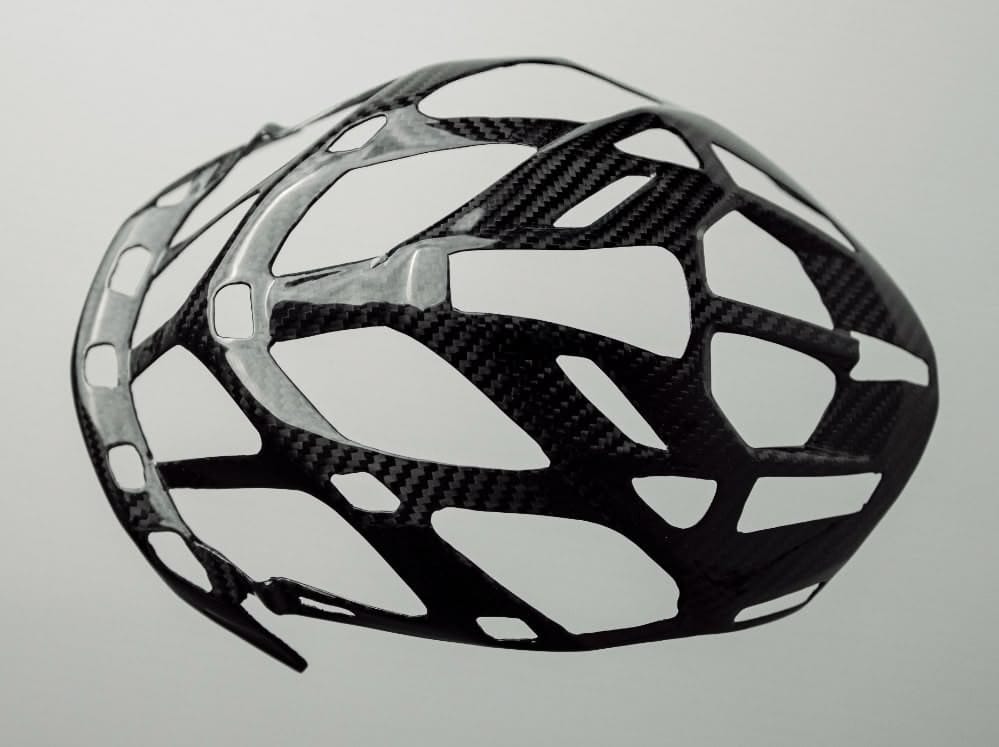
Look at the images, and you can practically see straight through it. By using carbon for strength, they’ve opened up massive, continuous channels from the front intakes to the rear exhausts. This isn't just about adding more vents; it's about re-engineering the internal architecture to create an uninterrupted "negative space" where air can flow freely. This is how you get a 16% boost in ventilation. It's a clever, materials-first solution. It's not just a helmet with holes; it's a set of channels held together by a carbon frame.
MET's tagline for this is "Cooling is Control." I buy that. We’ve all been on a scorching climb, heat radiating from our scalp, and felt our focus and power start to fade. Keeping your head cool isn't just about comfort; it's a genuine performance-enhancer.
Safety Driven by Data, Not Just Theory
But the ventilation is only half the story. The 40% improvement in safety is the part that truly resonates with me.
That number comes from Virginia Tech's independent 5-star rating system, but it’s how MET got there that's compelling. The press release mentions an incredible, data-driven feedback loop: "Every year, the team send between 20 and 30 crashed helmets back to the engineers — most of them showing clear signs of high-energy impacts."
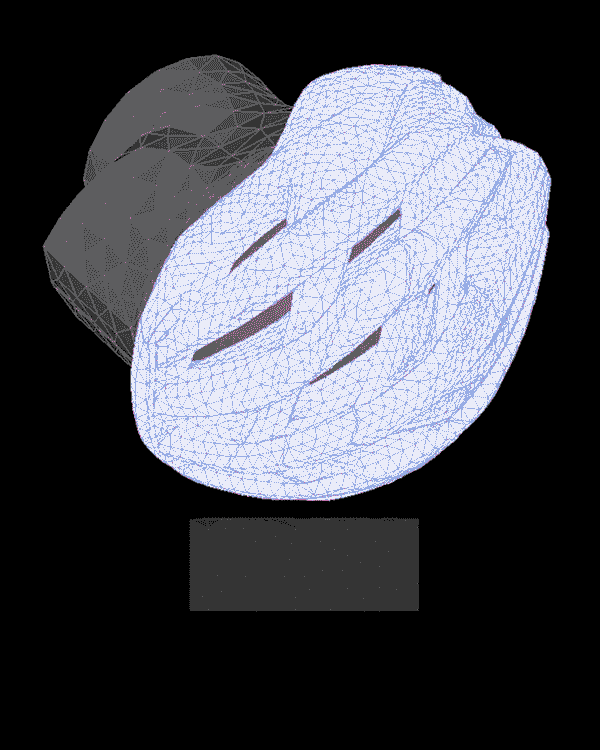
They are literally studying the real-world crash data from the WorldTour peloton. They see how riders are crashing, where the impacts are, and what kind of forces are involved in a 50 kph pile-up. This isn't a theoretical lab test, passing a standardized drop-test from a fixed height. This is applied science, messy and brutal.
This feedback loop directly informed the new design, particularly the "deeper rear profile" of the helmet. They saw where protection was needed and added it. This, combined with the Mips AIR system, is what generates that 40% safety leap. It's a design shaped by data, built to handle the realities of modern, high-speed racing.
The $450 Question
So, we have a helmet that is demonstrably cooler, verifiably safer, and proven at the highest level of the sport (it’s already won the Tour de France). It seems to have actually solved the "pick two" dilemma.
And then, there's the price: $450.
This is, without question, a "super helmet." It is a halo product, an item of F1-level engineering for your head. This is the helmet you buy when every single watt, every degree of temperature, and every percentage point of safety matters. It’s what a pro like Pogačar needs, because for him, the helmet is a critical piece of office equipment.
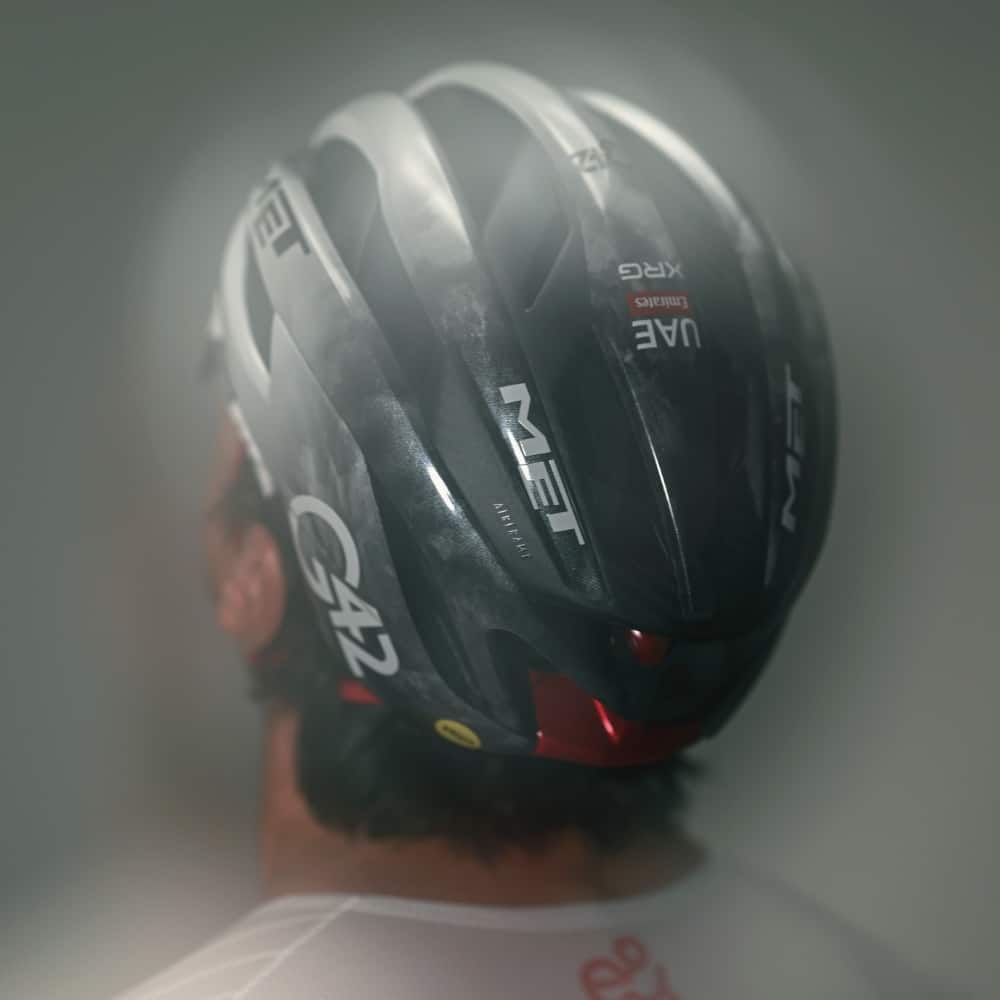
What does it mean for the rest of us? The weekend warrior, the club rider, the gravel enthusiast? It’s easy to scoff at the price, and for most, it's probably overkill.
But I see it differently. I see it as a "concept car." This is the pinnacle of what's possible right now. The R&D that went into this—the idea of using a carbon cage to create airflow, the process of using real crash data to inform geometry—is what will be in the $200, and eventually $100, helmet in three to five years. We are watching the previous compromises of helmet design get systematically engineered away, right at the very top of the market. This, I think, is what the future of head protection looks like. And it’s fast, cool, and safe.
